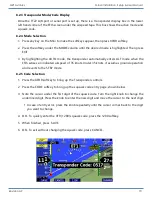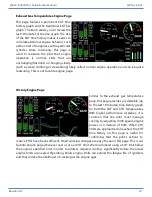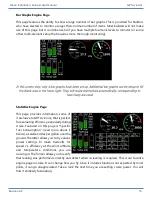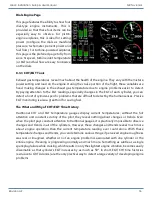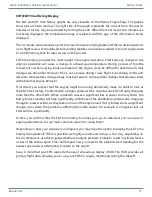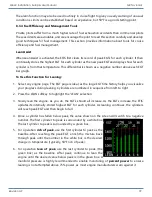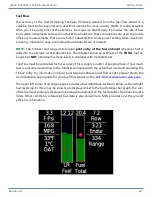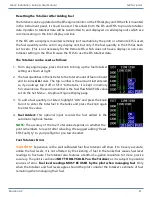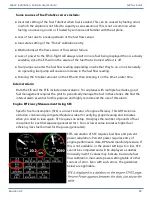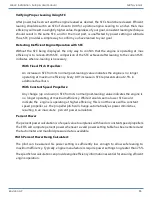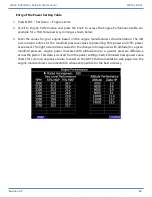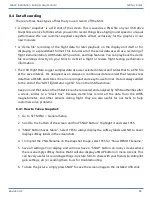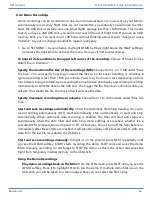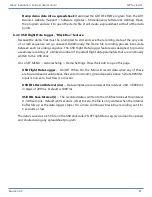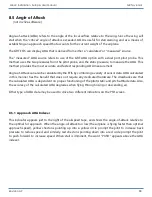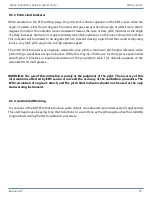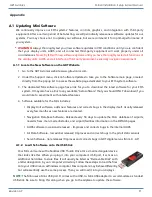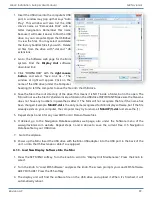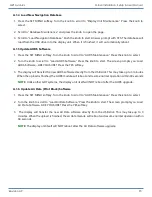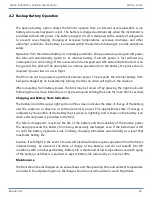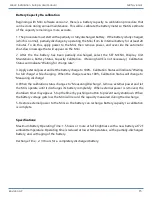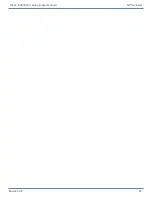
Mini-X Installation, Setup & User Manual GRT Avionics
Revision A9 83
Verifying Proper Leaning Using SFC
After power has been set and the engine leaned as desired, the SFC should be reviewed. Efficient
leaning should result in an SFC of close to 0.40 for a piston engine. Leaning to a richer-than-max
efficiency will result in a slightly higher value. Regardless of your goal, consistent leaning technique
should result in the same SFC, and for the most part, is unaffected by power setting or altitude.
Thus, SFC provides a simple way to confirm you have leaned to your goal.
Detecting Inefficient Engine Operation with SFC
Without the SFC being displayed, the only way to confirm that the engine is operating at max
efficiency is to re-lean. With SFC, comparison of the SFC achieved after leaning to the current SFC
indicates when re-leaning is necessary.
With Fixed-Pitch Propellers:
An increase in SFC from its normal (post-leaning) value indicates the engine is no longer
operating at maximum efficiency. Every 0.01 increase in SFC represents about 2.5% in
additional fuel burn.
With Constant Speed Propellers:
Any change (up or down) in SFC from its normal (post-leaning) value indicates the engine is
no longer operating at maximum efficiency. While it would seem a lower SFC would
indicate the engine is operating at higher efficiency, this is not the case with a constant
speed propeller, as the propeller pitch will change automatically as power diminishes,
resulting in an inaccurate percent power calculation.
Percent Power
The percent power calculation is of equal value to airplanes with fixed or constant speed propellers.
The EFIS will compute percent power whenever a valid power setting table has been entered and
the tachometer and manifold pressure data is available.
With Percent Power Being Calculated:
The pilot can be assured his power setting is sufficiently low enough to allow safe leaning to
maximum efficiency. Typically, engine manufacturers require power settings no greater than 75%.
The specific fuel calculation can provide engine efficiency information essential for ensuring efficient
engine operation.


